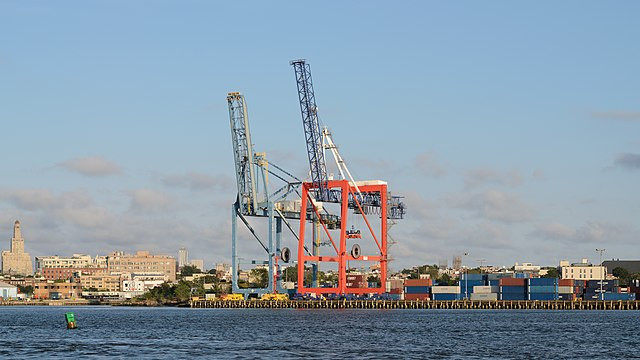Contract negotiations between the International Longshoremen's Association (ILA) and the United States Maritime Alliance (USMX) are set to resume on January 7, with both sides aiming to resolve a critical impasse over port automation. The outcome of these talks will determine whether a looming strike, scheduled for January 15, will disrupt billions of dollars in trade and threaten fragile supply chains.
The ILA, representing over 45,000 dockworkers at ports across the U.S. East and Gulf Coasts, has demanded stronger protections against automation, arguing that new technologies threaten job security. The USMX, a coalition of more than 30 shipping lines and terminal operators, insists that modernization is essential to keeping American ports competitive globally.
While the two parties signed a tentative deal in October that granted workers a 62% wage increase over six years, automation issues were left unresolved. This has set the stage for what ILA President Harold Daggett describes as a "pivotal moment in our history." Daggett, known for his hard-nosed negotiating style, has even threatened to take the union's campaign against automation global, boycotting companies that adopt semi-autonomous technologies.
The stakes are high for both sides. A strike could halt operations at key ports, including those in New York, Savannah, and Houston, causing significant economic disruptions. The potential daily cost of a strike is estimated to range from $1 billion to $5 billion in lost economic activity.
Shipping companies have already started preparing for potential disruptions. On December 24, Hapag-Lloyd informed customers of surcharges as high as $1,700 for 40-foot containers in anticipation of delayed shipments. Analysts warn that extended strikes could force container lines to cancel voyages, exacerbating already tight capacity caused by global shipping challenges, including Houthi attacks in the Red Sea and ongoing supply chain fragility.
The economic impact of a strike hinges on its duration. Most economists agree that a short strike of less than two weeks would have minimal impact on the broader economy. However, a prolonged walkout could trigger cascading effects, with product shortages weighing on industrial production and consumer sentiment. Automakers and other industries reliant on just-in-time supply chains could face significant challenges if their contingency plans and inventories prove insufficient.
Adding to the complexity is the political backdrop. With President-elect Donald Trump set to be inaugurated on January 20, the strike poses a political dilemma. The president has the authority under the Taft-Hartley Act to end the strike and order workers back to their posts. However, Trump's position on the issue is complicated by his public support for the ILA's stance against automation and his broader emphasis on protecting American workers.
For the USMX, represented by CEO David Adam, the stakes extend beyond the immediate negotiations. The alliance argues that restrictions on automation could undermine the long-term competitiveness of U.S. ports, particularly as global trade increasingly relies on technological efficiencies.
Meanwhile, ports are experiencing heightened activity as businesses preemptively front-load imports to mitigate potential disruptions. The Port of Los Angeles, the nation's busiest, has seen brisk operations with minimal bottlenecks, reflecting broader concerns about maintaining supply chain fluidity.






